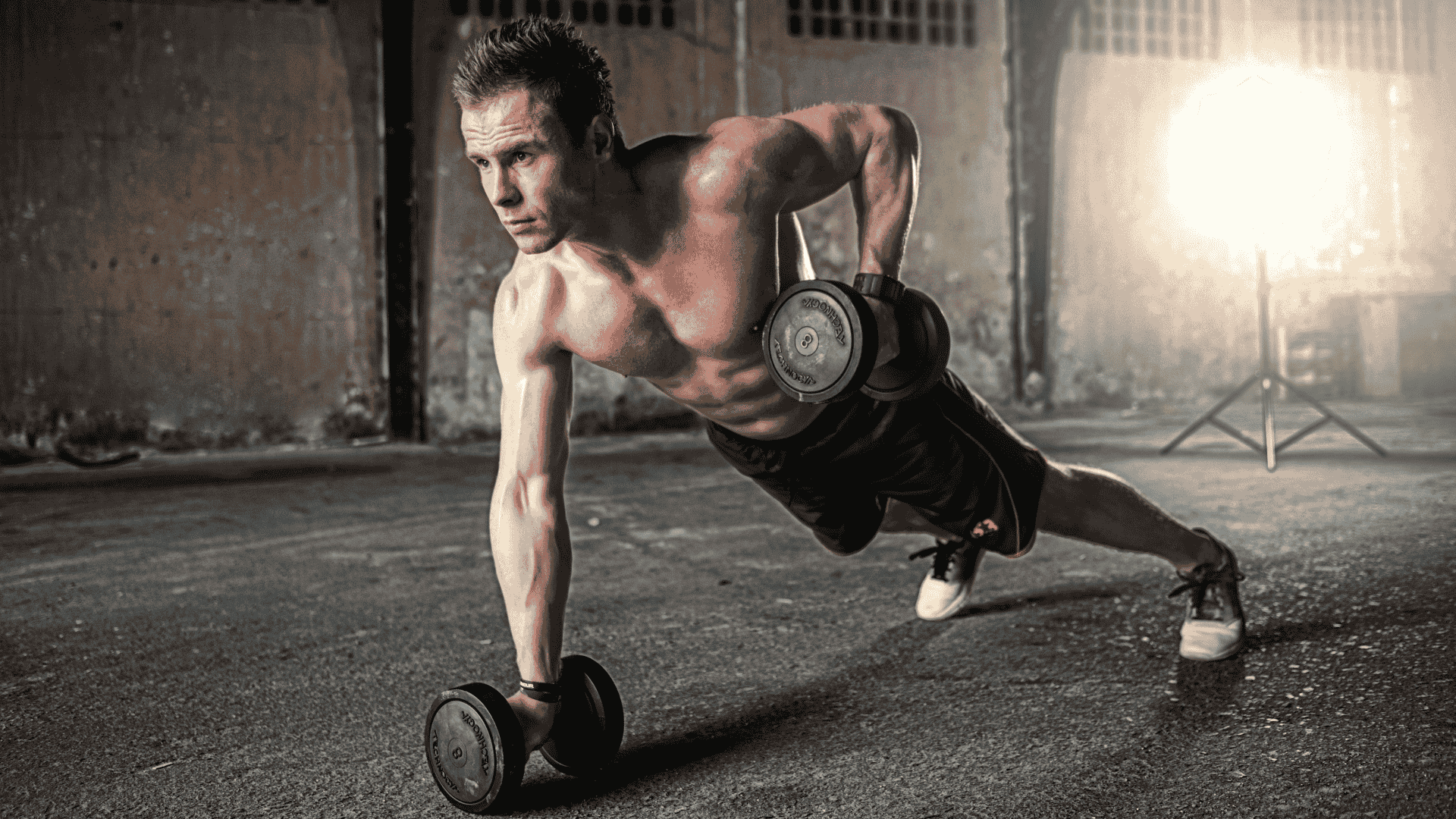Yoga and Pilates: Mind-Body Balance for Modern Life
In today’s fast-paced world, stress, sedentary lifestyles, and physical imbalances are common struggles for many people. As a result, holistic fitness practices like Yoga and Pilates have gained immense popularity for their ability to improve physical strength, mental clarity, and overall well-being. While both practices emphasize the connection between mind and body, they differ in origins, techniques, and primary focus areas. Understanding the benefits of Yoga and Pilates—and how they complement each other—can help you find balance and sustainability in modern life.
Understanding Yoga
Yoga is an ancient practice that originated in India more than 5,000 years ago. It combines physical postures (asanas), breathing exercises (pranayama), and meditation to promote harmony between body, mind, and spirit.
Key Benefits of Yoga
-
Flexibility and Mobility – Regular yoga practice enhances joint range of motion and reduces stiffness.
-
Stress Reduction – Breathing techniques and meditation calm the nervous system, reducing anxiety.
-
Improved Posture – Yoga helps correct muscular imbalances and aligns the spine.
-
Inner Peace – Encourages mindfulness and emotional regulation.
-
Holistic Health – Supports better digestion, circulation, and immune function.
Understanding Pilates
Pilates, developed by Joseph Pilates in the early 20th century, is a system of low-impact exercises designed to strengthen muscles, improve posture, and enhance control of the body. Unlike yoga, Pilates is more modern and primarily focuses on core strength, stability, and precise movements.
Key Benefits of Pilates
-
Core Strengthening – Builds strong abdominal and back muscles to support posture and balance.
-
Injury Prevention and Rehabilitation – Commonly used in physical therapy to rebuild strength.
-
Enhanced Body Awareness – Improves control, coordination, and precision in movement.
-
Lean Muscle Development – Strengthens without bulk, creating a toned body.
-
Low-Impact Fitness – Gentle on joints, making it safe for people of all ages.
Similarities Between Yoga and Pilates
Despite their different origins, Yoga and Pilates share several principles:
-
Both emphasize controlled breathing to enhance focus and performance.
-
Both improve flexibility, balance, and posture.
-
Both cultivate mindfulness and stress relief, enhancing mental well-being.
-
Both can be adapted for beginners to advanced practitioners.
Differences Between Yoga and Pilates
| Aspect | Yoga | Pilates |
|---|---|---|
| Origin | Ancient India (spiritual + physical) | Early 20th-century Germany (fitness) |
| Focus | Mind-body-spirit connection | Core strength and controlled movement |
| Practice | Postures, breathing, meditation | Repetitions with controlled breathing |
| Equipment | Usually mat-based, minimal props | Mat or reformer machines |
| Goal | Flexibility, relaxation, mindfulness | Strength, posture, muscle endurance |
Why Yoga and Pilates Matter in Modern Life
1. Stress Management
Yoga’s meditation and Pilates’ controlled breathing provide tools to reduce anxiety and manage stress effectively.
2. Combatting Sedentary Lifestyle
Both practices address issues like poor posture, back pain, and reduced mobility caused by long hours of sitting.
3. Physical and Mental Longevity
Regular practice improves physical resilience while supporting mental clarity, which is crucial in balancing work and personal life.
4. Accessibility
Both can be practiced at home with minimal equipment, making them cost-effective and convenient.
Practical Tips for Beginners
-
Start Small – Begin with 2–3 sessions per week, alternating Yoga and Pilates.
-
Use Online Resources – Guided videos or apps can help you learn proper form.
-
Focus on Breathing – Pay attention to breath control to enhance benefits.
-
Combine Both – Practice Yoga for flexibility and mindfulness, and Pilates for strength and stability.
-
Listen to Your Body – Avoid pushing beyond comfort to reduce risk of injury.
Sample Weekly Routine Combining Yoga and Pilates
-
Monday – 30 minutes of Pilates (core + posture focus)
-
Wednesday – 40 minutes of Yoga (flexibility + relaxation)
-
Friday – 20 minutes Pilates + 20 minutes Yoga fusion
-
Sunday – Gentle restorative Yoga or meditation session
This balance ensures strength, flexibility, and mental clarity throughout the week.
Conclusion
Yoga and Pilates are powerful practices that promote strength, flexibility, and inner balance—qualities often missing in the stress-filled pace of modern life. While Yoga emphasizes spiritual connection and mindfulness, Pilates focuses on core strength and precision. Together, they complement each other to create a well-rounded mind-body fitness routine. Incorporating these practices into daily life can help you achieve better posture, stress management, physical health, and mental peace.


